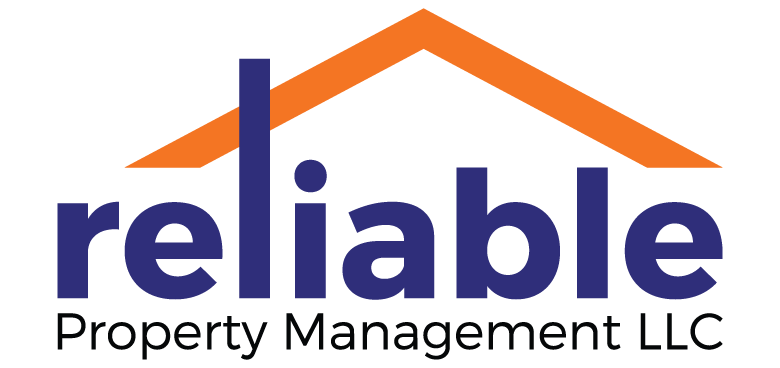Property inspection is not just a routine task; it's a meticulous process that forms the cornerstone of effective property management and maintenance. Whether you're a homeowner, landlord, or real estate investor, conducting thorough property inspections is essential for identifying potential issues, ensuring safety and compliance, and preserving the value of your investment. In this blog post, we'll explore the art of property inspection and unveil the secrets to conducting comprehensive assessments that empower property owners with valuable insights and peace of mind.
The Purpose and Importance of Property Inspection: Property inspection serves multiple purposes, each of which contributes to the overall well-being and longevity of a property:
1. Identifying Maintenance Needs: Property inspections help identify maintenance issues and repairs that may be needed to address wear and tear, structural deficiencies, or safety hazards.
2. Preventing Costly Repairs: By detecting issues early on, property inspections allow property owners to address them promptly, preventing minor problems from escalating into costly repairs.
3. Ensuring Safety and Compliance: Property inspections help ensure that properties meet safety standards and regulatory requirements, protecting both occupants and owners from potential liabilities.
4. Preserving Property Value: Regular property inspections contribute to the preservation of property value by maintaining the overall condition and appearance of the property, thereby enhancing its marketability and appeal.
The Secrets to Comprehensive Property Inspections:
1. Preparation is Key: Before conducting a property inspection, it's essential to gather relevant information, including property history, maintenance records, and any specific areas of concern reported by tenants or previous inspections.
2. Adopt a Systematic Approach: Develop a structured inspection checklist that covers all aspects of the property, including exterior and interior areas, structural components, mechanical systems, and safety features.
3. Pay Attention to Detail: During the inspection process, pay close attention to details such as signs of water damage, pest infestations, mold growth, electrical issues, plumbing leaks, and structural weaknesses.
4. Use Technology to Enhance Efficiency: Leverage technology tools such as property inspection software, digital cameras, and mobile devices to streamline the inspection process, capture accurate data, and generate comprehensive inspection reports.
5. Engage with Stakeholders: Involve relevant stakeholders, including property owners, tenants, maintenance personnel, and licensed professionals, in the inspection process to gain valuable insights and ensure accountability.
6. Prioritize Safety and Compliance: In addition to assessing the physical condition of the property, prioritize safety and compliance by verifying the presence and functionality of smoke detectors, carbon monoxide alarms, fire extinguishers, and other safety devices.
7. Document Findings and Recommendations: Thoroughly document inspection findings, including photographs, videos, and detailed descriptions of observed issues, as well as recommendations for corrective actions and maintenance tasks.
8. Follow Up and Follow Through: After completing the inspection, follow up with property owners or stakeholders to discuss findings, address any immediate concerns, and develop a plan of action for addressing identified issues.
Conclusion:
Property inspection is a fundamental aspect of property management and maintenance that requires attention to detail, thoroughness, and a commitment to excellence. By mastering the art of property inspection and implementing the secrets outlined in this blog post, property owners can gain valuable insights into their properties, proactively address maintenance needs, and ensure the safety, compliance, and long-term value of their investments.


